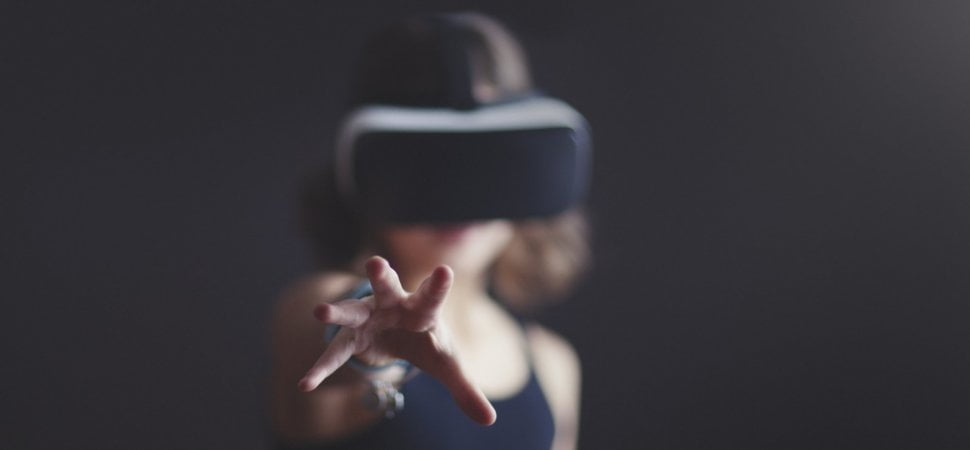
What if I were to tell you that this is the beginning of the end of smartphones? That might seem bold, given the recent launch of Apple’s latest and greatest iPhones. But there’s already evidence of the next wave of computers, which we’ll wear and command using our voices. The transition from smartphones to smart wearables—earbuds that have biometric sensors and speakers; rings and bracelets that can sense our motion; glasses that record and display information–will forever change how we experience the world.
These smart wearables offer more than clever hardware. They promise a new kind of digital reality. Facebook, Google, Microsoft, Baidu, Alibaba, Snap, Tencent, and Apple have all announced sizable investments in augmented reality–a digital overlay atop the physical world. AR has already shown up on our mobile devices, in the form of Pokémon Go and Snapchat filters. But AR gets even more interesting once it starts drawing on our personal data.
One of the most important trends emerging from this technology is one-to-one marketing: delivering the best possible information, within exactly the right context, to each consumer, regardless of the device she’s using at that moment. It’s been talked about for years, but with a flood of investment and increased computing power, major technology companies are finally zeroing in on creating a unique, personal experience for everyone. By combining locations and the objects within our view, along with our calendars, our contacts, and even our biometric data, the coming wave of AR will be designed specifically for each of us.
Once we have unfettered access to AR, we will no longer experience products in a store or on a webpage designed to elicit specific behaviors. Banana Republic’s fitting rooms have lighting and neutral paint that flatter consumers as they try on clothes, but the fitting room of the future is anywhere there’s a reflection. AR will let you try on clothes even in the office bathroom or in front of subway windows.
This means that companies will need to consider what story they’re telling about their products under an infinite number of circumstances, because each person will experience AR individually. Health care and medical startups, hoping to deploy AR apps and glasses to train doctors, nurses, and technicians, will need to bear in mind that hospitals aren’t all built using the same floor plan, and that staffers aren’t all the same height. Those staffers won’t be able to be trained in procedures in true AR unless those factors are accounted for. Companies that make and sell tools such as construction machinery or kitchen equipment will find that AR offers consumers a great way to try their products–if these companies keep that level of customization in mind.
The tech companies working on AR are also moving aggressively into conversational interfaces. Whether we’re talking to Amazon, Siri, Microsoft, or Google, we are training the system, with what we share with it, to better understand what we want. Already, the software powering the Amazon Echo has left the confines of our homes: We can use it to order Domino’s pizza while driving in our Hyundais. Soon, using connected earbuds and AR glasses, we will talk to Stubb’s about barbecue sauce while at the grocery store. As voice interfaces mature, consumers will expect to ask companies questions about their products–meaning that every consumer will become part of your company’s story, and in real time.
All of which is to say that, in the not-too-distant future, we’ll be making the physical and digital realms interchangeable. Think smartphones are addictive? You haven’t seen anything yet.
